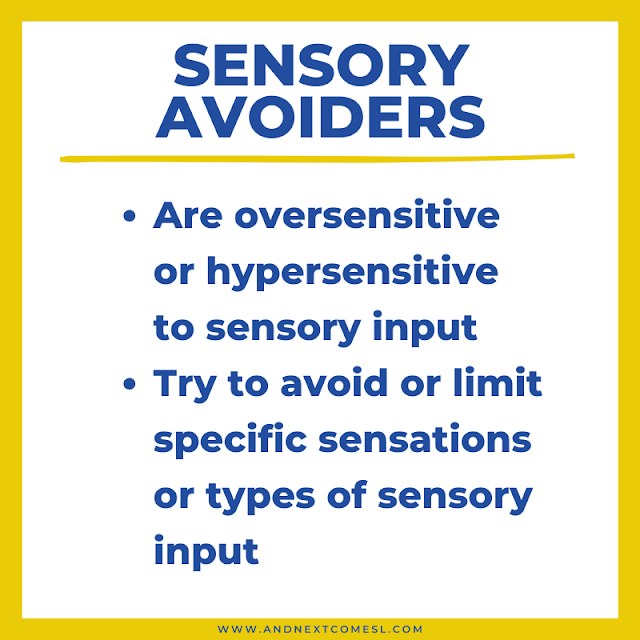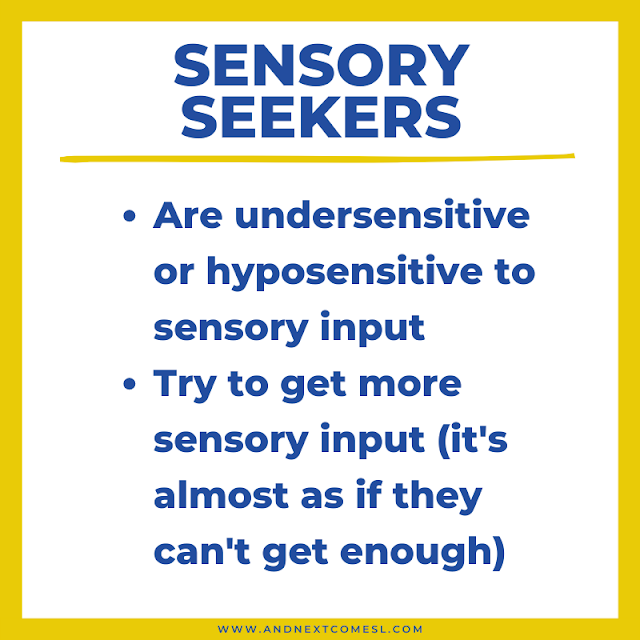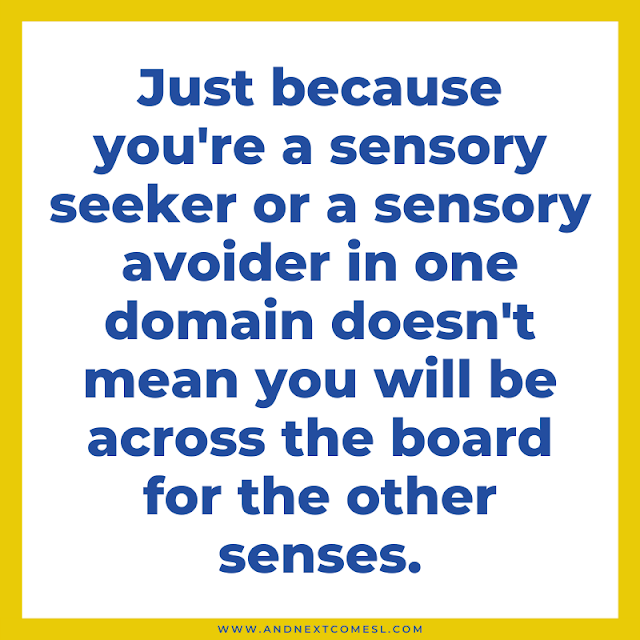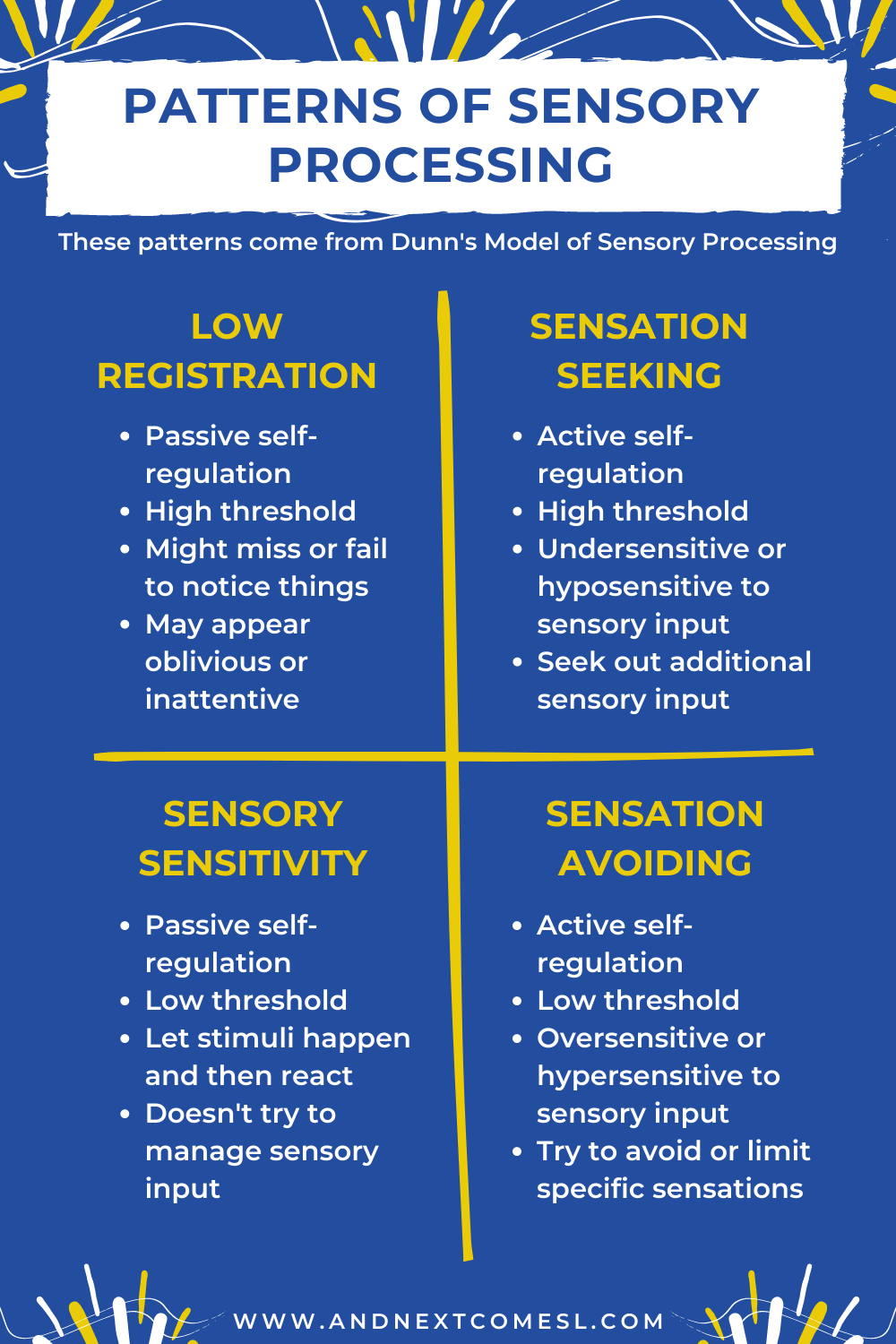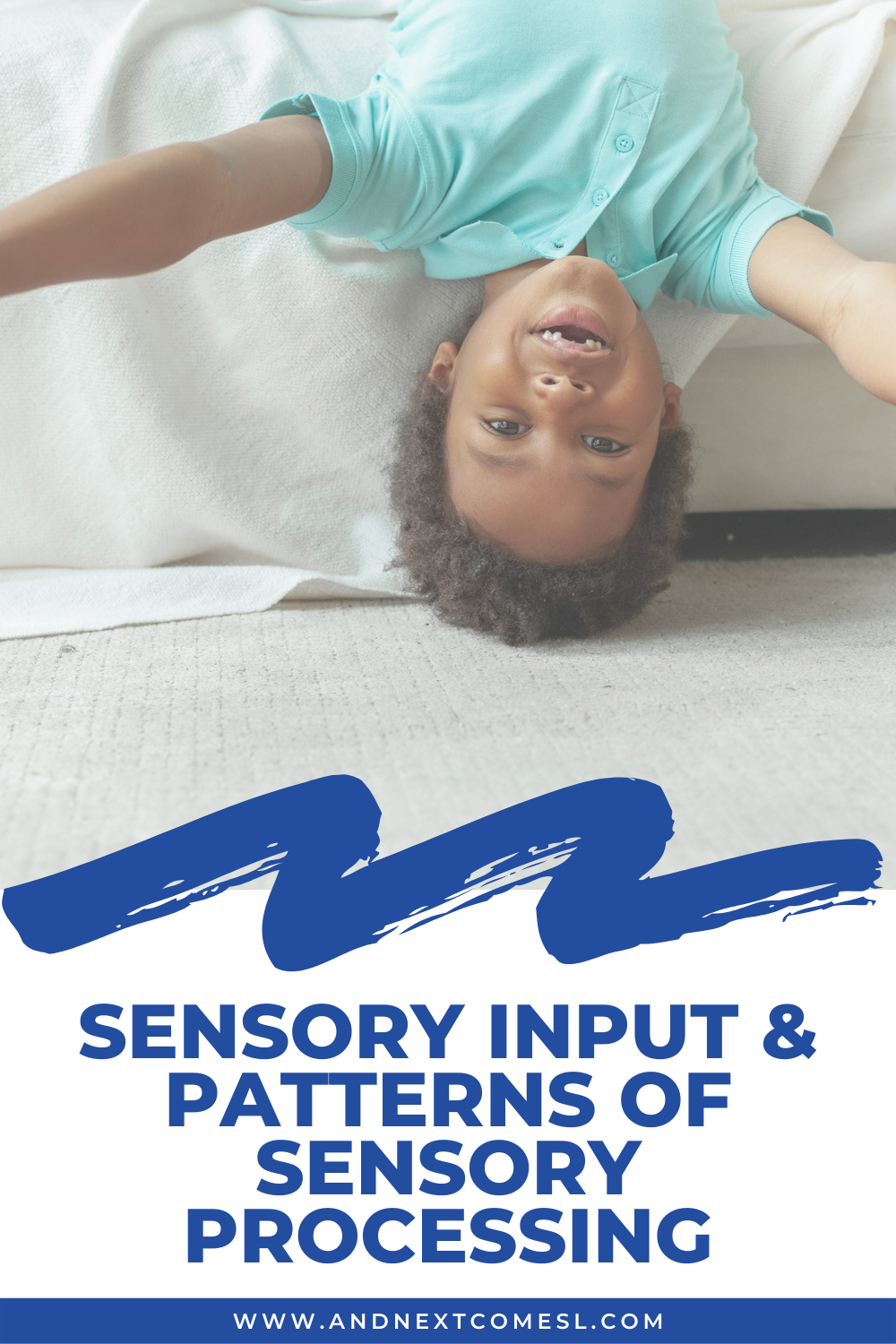Learning about sensory processing might be overwhelming. There's new terms like vestibular and proprioceptive to learn about and wrap your head around. And also to try and figure out how to pronounce!
Then there's terms like sensory diets, meltdowns, and overload that you might be wondering about as well.
There's certainly a lot to learn when trying to understand sensory development and sensory processing differences. So it's okay to be confused or totally overwhelmed by it all if you're new to this topic. I know I was!
But learning about sensory processing is extremely important. Especially if you have an autistic child.
Why? Well, understanding what sensory processing is can help explain certain behaviors and reactions and provide you with ideas on how to best support your child and their sensory needs. It can help you make sense (pun intended!) of why your child screams when they wear certain clothes or why they complain about loud noises or why they won't eat certain foods.
However, before we can do that, we need to first learn the basics. Let's start by answering: what is sensory input?
We'll start with a definition and then explore the different patterns of sensory processing or how individuals might respond. For instance, are they sensory seekers or avoiders? Or are they sensitive? Let's find out what all this means below.
What is Sensory Input?
Sensory input describes the response our sensory organs (such as eyes, ears, mouth, tongue, skin, etc.) have whenever it receives stimuli. That stimuli is what's perceived by any of our 8 senses: smell, sight, touch, taste, hearing, and the internal sensory systems (proprioceptive, vestibular, and interoceptive).
But, more simply, sensory input refers to the information that our brains and bodies receive when we touch things, taste things, move, or really do anything.
Levels of Sensory Responsiveness: The Patterns of Sensory Processing You Should be Aware of
We all process and respond to sensory input differently. For instance, there are certain sensations or types of sensory input that we might enjoy or really like. So we seek those out. On the other hand, there are certain stimuli or types of input that we might dislike or make our skin crawl. So we actively try to avoid those.
Think about some of the sensory experiences you like and dislike.
For me, I can't stand the texture of unglazed pottery or high pitched squeaks. They're both like nails on a chalkboard for me. But I find certain fabrics particularly soothing and comforting and will seek that tactile input as much as I can.
Now do the same for your child.
Have you noticed that they cover their ears or try to run away when you enter a noisy building? Or maybe they do those things when they hear a toilet flush or the bathtub filling with water.
Do they prefer their food plain and without sauce? Or do they like it really spicy?
Do they complain about sock seams, scratchy tags, or the feel of certain clothes on their skin? Or perhaps you notice that they prefer tight fitting clothing.
Do they spin a lot, yet never seem to get dizzy? That was my son!
Do they jump on furniture or hang upside down frequently?
Are there any specific patterns of sensory input that you can pinpoint?
Now, speaking of patterns, according to Dunn's Model of Sensory Processing, there are four patterns of sensory processing. There's sensory seeking, sensory avoiding, low registration, and sensory sensitive. They're really helpful terms to know about so we'll briefly explore these four patterns below.
1. Sensory Avoiding
Some individuals may be oversensitive or hypersensitive to sensory input, which leads to sensory avoiding behaviors. Sensory avoiders have a low neurological threshold. That means they will respond to stimuli quite often.
Sensory avoiders also use an active self-regulation strategy. In this case, the active strategy is to avoid the sensory stimuli. That's why sensory avoiders try to avoid or limit specific sensations or types of sensory input. They avoid these sensations because they're often overwhelming, distressing, or even downright painful to them.
2. Sensory Seeking
On the flip side, some individuals may be undersensitive or hyposensitive to different sensory inputs, which leads to sensory seeking behaviors.
Sensory seekers are the ones who crave or actively look for more sensory stimulation. It's like they need more input and just can't get enough. As a result, they often enjoy high levels of input as those sensations are often calming or comforting to them.
Like sensory avoiders, sensory seekers use an active self-regulation strategy. But, unlike avoiders who try to limit the input they receive, sensory seekers actively seek out sensory stimuli. Much like their name implies, hey?
However, sensory seekers have a high neurological threshold. That means they need much stronger or more sensory input in order to pick it up. So now you can see why they seek out additional input.
3. Sensory Sensitivity
Some individuals might be best described as sensory sensitive where they're sensitive or reactive to all sorts of sensory input. In fact, they may detect or notice things that others might not.
However, unlike sensory avoiders, they don't try to avoid or limit the sensory input. Instead, they might complain about it, be cautious, get easily frustrated, and/or just sit with their discomfort.
For the sensory sensitivity pattern, there is a low neurological threshold combined with passive self-regulation strategies. As a result, they don't try to manage or control the sensory input. Instead, they just let sensory stimuli happen and then react to it. In other words, they're reactive.
4. Low Registration
Finally, there's low registration where incoming sensory information isn't recognized or processed.
Someone with low registration just might not notice or pick up on the sensory information around them. So they might appear oblivious, disconnected, insensitive, inattentive, or even uninterested in what's happening around them. It's as if the sensory input they receive isn't intense enough to recognize or process.
With low registration, there is a high neurological threshold combined with passive self-regulation. That's why they miss what others notice and why they don't really do anything to gain additional sensory input.
A Few Important Notes about Sensory Responsiveness
Please keep in mind that some individuals might have a variety of responses to the different sensory modalities. So, for example, it's possible to be both a sensory avoider and a sensory seeker.
In other words, you could be hypersensitive to some sensory stimuli and hyposensitive to others. In fact, your reactions could change from day to day so oversensitive one day and undersensitive the next
So just because you're a sensory seeker or a sensory avoider in one domain doesn't mean you will be across the board for the other senses. For instance, a child might be a tactile sensory seeker yet they also actively avoid auditory sensory input.
This mixed or varied sensory response can be super confusing, especially as a parent that's trying to understand their child's responses. So it's important to know that your child's sensory profile may include a mix of the 4 patterns of sensory processing outlined above.
When to Be Concerned About Sensory Input Issues
Despite the fact that we all process sensory information, not everyone can easily manage and process the sensory information that they receive.
In fact, many people experience sensory processing challenges, including those who are autistic or those who have a sensory processing disorder.
Sometimes these challenges are so great that they can disrupt day to day life, impact learning, and make it extremely difficult to navigate the world around them. As a result, they might experience frequent sensory overload or sensory meltdowns.
Sensory processing disorder or sensory integration disorder both refer to troubles managing and processing sensory information. Although, please note that the use of the term disorder may be inappropriate, much like it is with autism.
So if you are noticing concerning behaviors or any "red flags" of sensory processing issues (gosh, I hate the term red flags so much!), then please speak with a doctor or occupational therapist to have your child evaluated for sensory processing challenges.
You might also want to consider sensory integration therapy to help your child with their sensory development.
So to Recap What Sensory Input is...
Here's what was covered above in terms of sensory input and the four patterns of sensory processing:
- Sensory input is the response we get when our sensory organs respond to stimuli
- You can receive sensory input from all 8 senses (there are different sensory organs responsible for each sense)
- There are 4 patterns of sensory processing and sensory responsiveness, including sensory seeker, sensory avoider, sensory sensitive, and low registration. It's also possible to have a mixed/varied response that kind of combines all of them.
- We all process sensory information differently and can have different responses to different types of input and even that can vary day to day, depending on the situation or environment
- Troubles managing and processing sensory information could indicate the presence of a sensory processing or sensory integration disorder
So hopefully that helps answer the question what is sensory input?
Other Sensory Processing Resources You'll Love
What are the 8 Sensory Processing Systems?
Understanding Sensory Processing Issues: What is Sensory Overload?
How to Help Someone with Sensory Overload & Sensory Challenges





